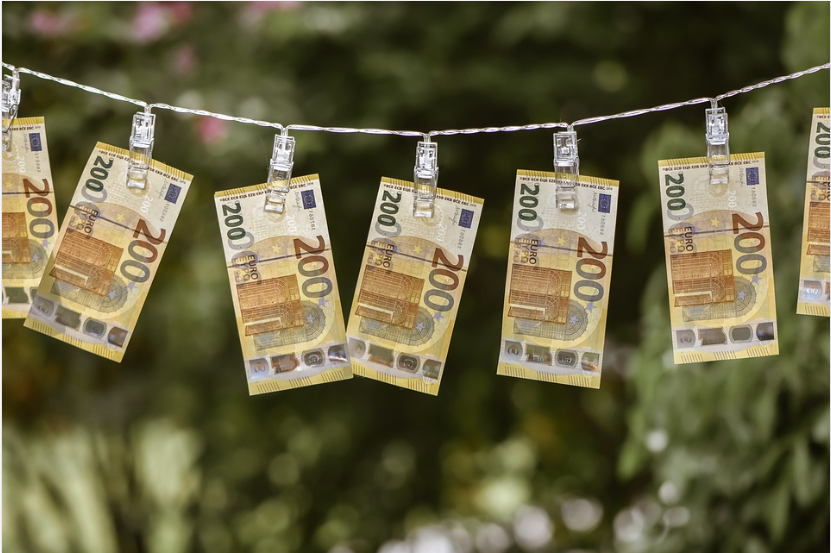Money laundering
Money laundering is defined as an illegal process aimed at raising funds from prohibited criminal activities such as drug trafficking or support for terrorist organizations, in a way that makes it appear that they come from legitimate sources, and this process was so named because the funds were obtained of illegal operations considered dirty money And that the money laundering process will make it look clean, money laundering is a very serious financial crime followed by white collar criminals who are criminals who commit non-violent crimes related to obtaining money, in addition to actual crimes. For criminals, money laundering is a scheme based on carrying out financial transactions intended to hide the identity and origin of the funds and hide the entity from which the funds were obtained.
stages of money laundering
To combat money laundering operations, we must understand the stages of its progression, since it begins with the investment and introduction of money from crimes and illegal acts into the financial system, then the criminals try to hide the relationship of the money with its illegal sources. by doing it. A series of complex operations with the aim of hiding the original source of the money and, finally, the laundered money is so integrated into the economy that it is difficult to distinguish between the laundered money and the money obtained from legitimate sources, so the financial authorities relevant and the authorities are
Money laundering risks
- Tax Evasion – Money laundering operations are generally associated with complex tax evasion, with money launderers depositing money into their personal accounts rather than personal accounts.
- Burglary and Larceny – What is known as criminal theft, most of which are physical thefts that are stashed or converted into cash through the criminal economy, and thefts include jewelry, vehicles, and other personal property.
- The smuggling trade: Drugs move between countries, money launderers finance this criminal activity to generate more money, and drug traffickers are paid for the drugs themselves or in cash.
- Corruption and bribery: Money laundering operations give rise to many cases of corruption, and the proceeds can be physical or monetary funds.
- Fraud: Represents fraud for banking and electronic crimes.
Anti-money laundering methods
- Optimizing your searches with the help of technology: As searches expand to include broader areas where no one can go unmonitored and tracked, technology helps make these processes more accurate and report export more efficient .
- Suspicious Activity Tracking: This process consists of covering all suspicious operations, recording, monitoring and reporting them, and processing work progress afterwards.
- Standardization of systems: The difference in the types of systems determines the efforts of anti-money laundering agencies and prevents various branches from communicating effectively with each other.
- Establishment of a regular network: This is done through regular meetings that allow financial institutions and legal entities that implement the law to keep up with the pace of the law, verify any suspicious matters and strengthen the alliance between the public and private sectors. private


Comments
Post a Comment